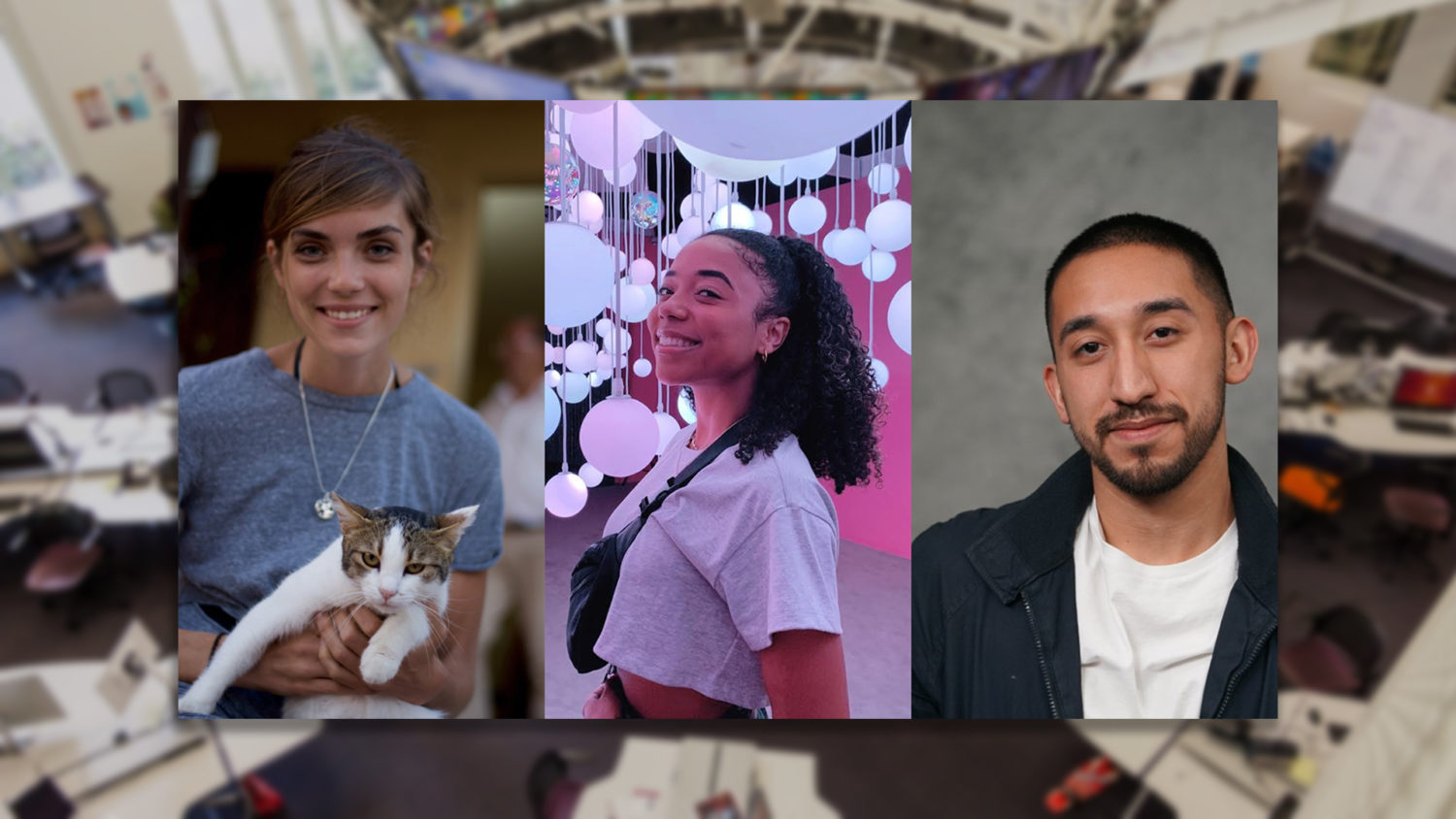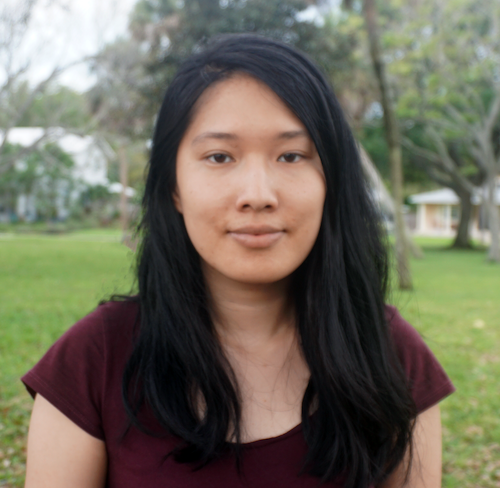Like many student journalists, Steven Vargas spent much of his time in his newsroom, the University of Southern California’s Annenberg Media. He also spent considerable time working with LGBTQ students through campus groups.
It was during his work with the USC LGBT center that he started to notice issues with Annenberg Media’s coverage. Stories would occasionally misgender sources or include angles that were “othering.” When Vargas became managing editor, he implemented changes to rectify these issues, but there was only so much he could do.
“I could only reach out to the reporters who were there whenever I was on shift, which is typically like one day a week,” Vargas said.
When Vargas came back to USC for his master’s program, he knew he wanted to continue doing similar work for Annenberg Media. That’s why he joined the newsroom’s first Equity Board. Along with the board’s two other members, Vargas advises editors and reporters on covering underrepresented communities.
The initiative is part of Poynter’s College Media Project, a program that helps fund and train student journalists who are pursuing a reporting project. Applications for the fall semester are now open.
When editors at Annenberg Media first applied for the program last summer, they pitched an investigative desk. The murder of George Floyd and subsequent nationwide racial reckoning changed that. As professional outlets reexamined their coverage and newsroom culture, similar conversations were happening in Annenberg Media.
“Once we saw not only the thoughts and emotions going on in the nation, but even in our own newsroom and the experiences of our own Black journalists, we thought that the newsroom would benefit a lot more from an initiative that would focus on equity and inclusion, rather than just an investigative unit,” executive editor Chandler France said.
[the_ad id=”667826″]
The first iteration of the board went by the name Diversity and Inclusion Desk. But as student leaders in Annenberg Media discussed their goals for the project, they realized they needed an Equity Board, not a diversity desk.
“We don’t want our desk to be the place where all the quote-unquote ‘diverse stories’ go so that they’re all just pigeonholed into that one section of our website,” board member Kally Daniewicz said. “We want equity to be spread throughout the newsroom into everything we do. So instead we’ve transformed to function more as an oversight board.”
The students were also worried that the term “diversity and inclusion” would be perceived as empty words, board member Pauline Woodley said.
“We actually wanted to just be really careful with our word choice and have more powerful words, and so equity was something we really believed in,” Woodley said.
Conversations about the board’s duties and its role in the newsroom took up much of the fall semester. Annenberg Media publicly unveiled its new project in the spring.
The board’s three members sit in on morning pitch meetings every day to help refine angles and ensure diversity in sourcing. They also check in with editors at each desk and make themselves available for help for any staff member who needs it.
Some stories the board members have given advice on include a piece about demands to defund USC’s campus public safety department and a story about anti-trans violence. The newsroom has been working remotely due to the pandemic, and that can make advising people difficult, Woodley said.
“These are really human conversations, and there’s a lot of learning to be done on both sides — me and whoever I’m working with,” Woodley said. “It’s just hard to have those conversations virtually.”
At the end of each week, the board sends the newsroom a brief discussing recent equity issues and suggesting best practices. For example, after the Atlanta shootings in March, the board sent a brief with guidance on how to reach out to Asian colleagues and a list of resources to support Asian American journalists.
[the_ad id=”667872″]
The board also meets once a week with the executive editors and newsroom advisers to discuss longer-term initiatives, like newsroom workshops. One major project Vargas has been working on this year is a guide for “equitable reporting strategies” that will be required reading for all journalism students at USC Annenberg.
The 45-page guide includes a brief history of South L.A. and a list of community resources — including contact information for local and campus cultural groups — to aid USC reporters who may not have grown up in the area. Other sections include best reporting practices and frequently used DEI terms.
To write the guide, Vargas spent the fall talking to local community members about their past interactions with media organizations. Negative experiences in the past have caused some people to stop talking to the press, so Vargas wanted to build trust.
“There’s a bunch of (groups) that just don’t feel comfortable with the press as much as they used to,” Vargas said. “I wanted to build that trust back up with this guide so that people can have a standard on how to be respectful to these communities.”
Though the board started as part of Poynter’s College Media Project, Annenberg Media intends to make the Equity Board a permanent fixture in the newsroom. The students have discussed possibly expanding the board or publishing original content under it, like a podcast or a column featuring a diverse set of voices from across campus.
“I hope at the end of all of this that journalists of color, journalists from marginalized backgrounds feel safe within our newsroom reporting and pitching whatever they’re interested in, and also that our audiences feel that the stories that we do are done with care and consideration,” Woodley said.
[the_ad id=”667878″]







